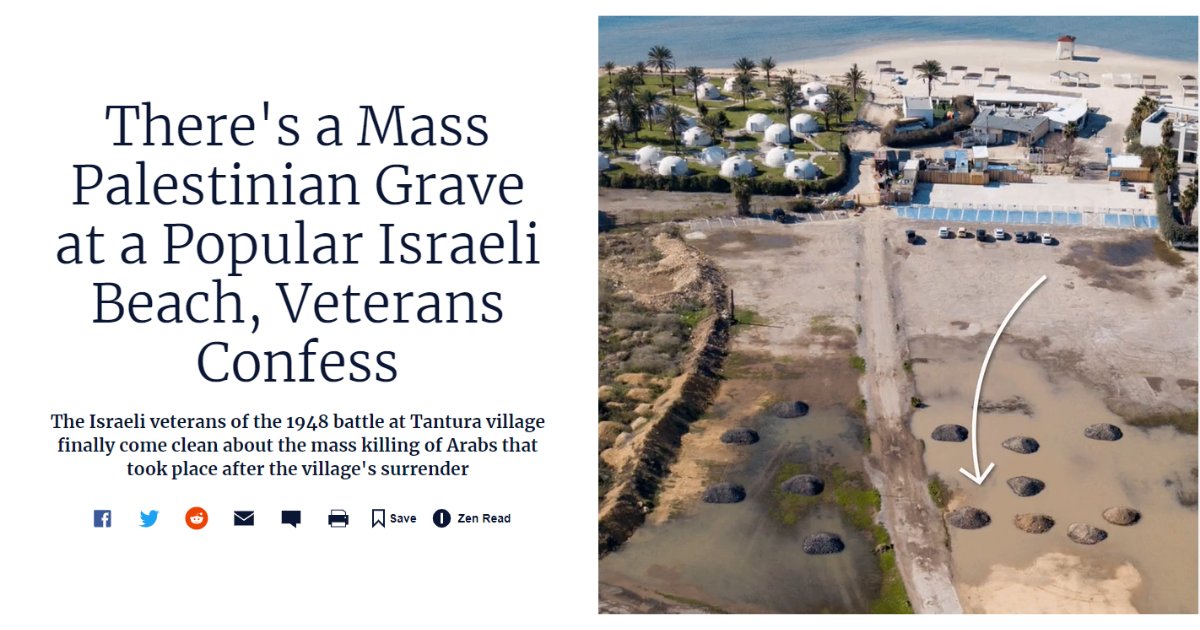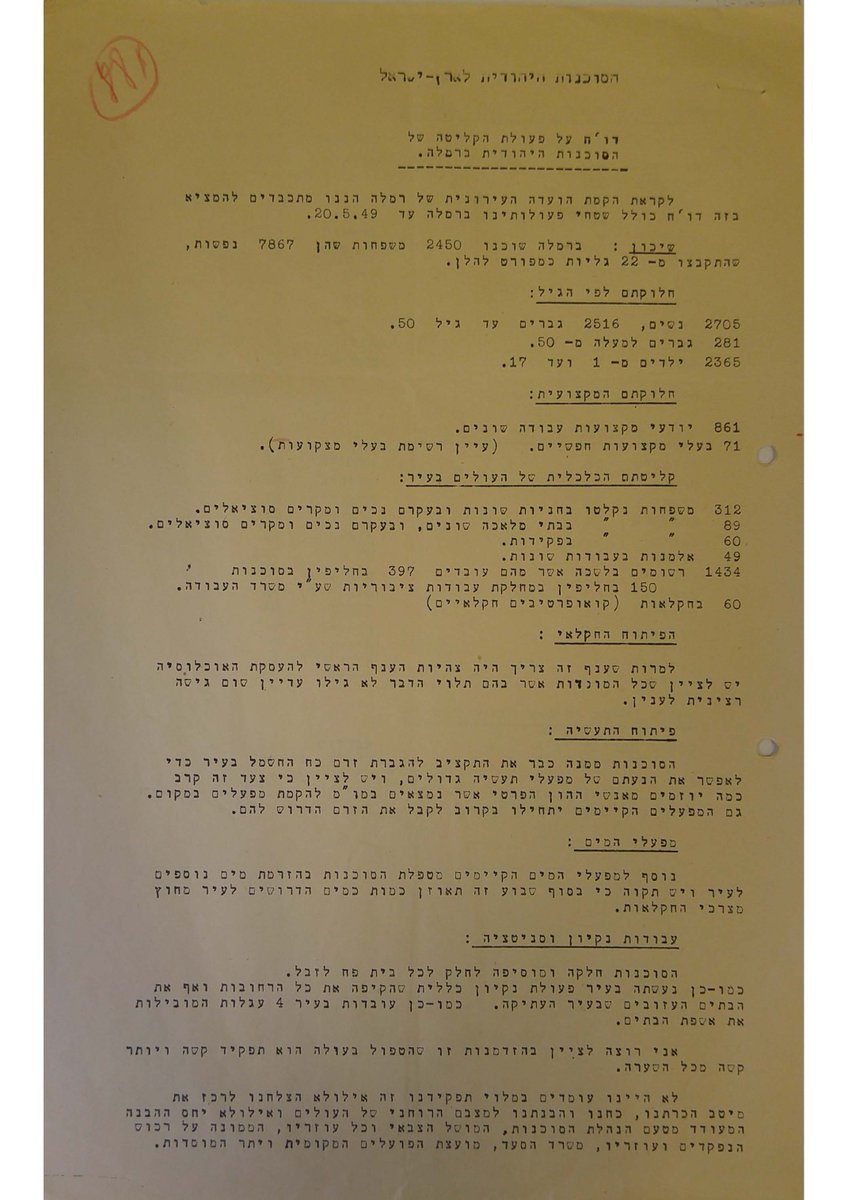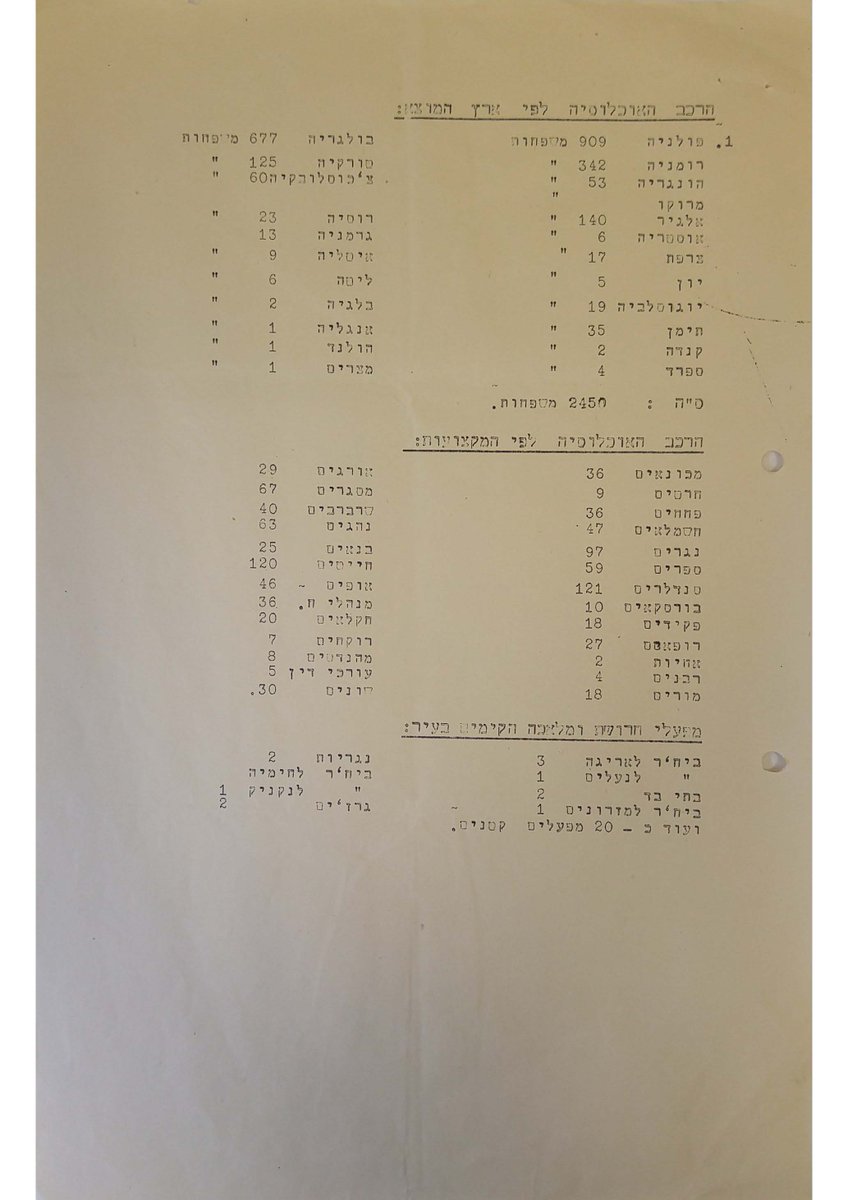
1/3 “They silenced it. It mustn’t be told; it could cause a whole scandal. I don’t want to talk about it, but it happened. What can you do? It happened.” >> 

2/3 This is what the former soldier Moshe Diamant told the film director Alon Schwartz in a new documentary film that goes back to the affair of the Palestinian village #Tantura. >> 

3/3 Akevot’s researcher Adam Raz writes today in @haaretzcom about the new testimonies about the battle of #Tantura, and about the code of silence among the soldiers who were there – and among all of us – that prevents any discussion about what happened. akvt.in/Tantura_Haaret…
Adam’s Haaretz feature in pdf is now available here: akvt.in/Tantura_en_pdf 

• • •
Missing some Tweet in this thread? You can try to
force a refresh





